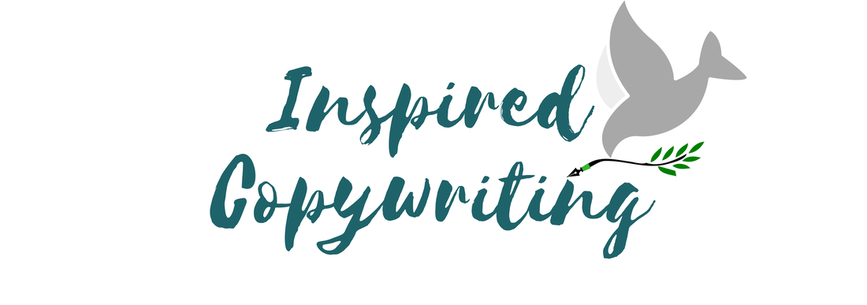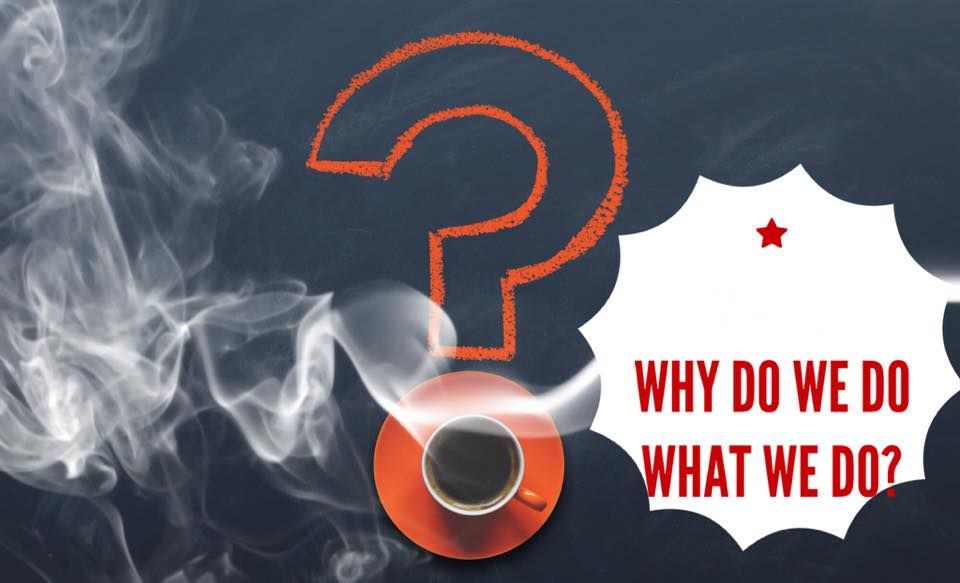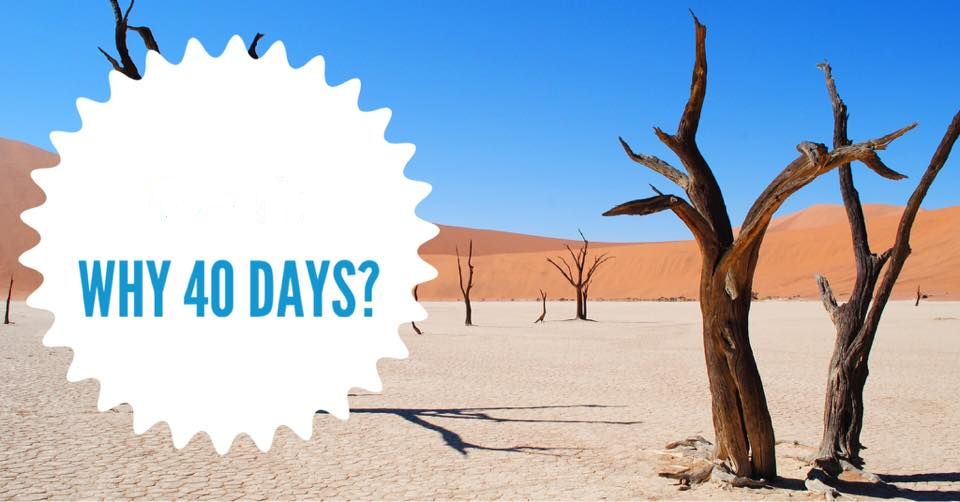- Home
- Newsletters
- Services
-
Inspirational Features
- The Marcus Family: Equipped with Life Skills Founded in Faith
- A Match Made in Heaven: Revealing the Romantic Heart of God
- The Speirs: A Testimony of God's Redemptive Love
- The Cunanans: Frontliners in the Headlines
- St. Aloysius Gonzaga: The Frontliner of 1590
- From desire to design to destiny: an author’s journey
- Featured Author
- The Power of a Husband-Wife Teamwork
- How Blessings Often Come in Disguised Packages
- Kristin at the Irving Farmer's Market
- St. Patrick's Sunday Refugee Ourreach
- Culinary Medicine
-
Guests Posts
- Transform Your Business Processes for Optimal Performance
- Become a Freelance Writer: 8 Tips for Students and Recent Graduates
- Budget-Friendly Modifications for Your Home Office
- Six Steps to Starting a Startup Successfully
- How to Find Time for Self-Care
- Branding Know-How for the Enterpreneur
- How to conquer web-based projects and uplevel your business
- 5 Proven Ways of Acquiring More Referrals for Your Small Business
- Mental Health
- Making a Comeback
- BLOGS
- Support the Inspired Team
- Fundraisers
Day 1: Know Your Why
Have you heard about the story of Guy?
A stranger appeared beside him one day and said, “Will you jump from this building to that building?”
Guy looked at the distance between the two buildings. “Why would I?" Guy said. He may be able to, but if he misses, he’d smash dead or be broken into pieces on the pavement below.
“What if I pay you a dollar?”
“No way.”
“What if I give you a million?”
“A million is not enough if I end up in the ICU, comatose for life or whatever. Even a billion is nothing if I’m dead.”
“What if there’s going to be a safety net below? And here’s something you can tie around your waist.” The stranger handed him a rope.
Guy paused, looked back and forth at the building and at where he stood. He may be able to do it. He’ll have a billion to cover the cost of rehab and more—“No thanks.” Guy shook his head. “It’s too hard. I don’t think I can do it. And why are you asking me to jump from this building to that anyway?”
“Because you’re the only one who can and there’s someone there who needs you.”
Guy looked at the other building. An apparition of his little daughter appeared, waving frantically. “Daddy, help!” Smoke bellowed from behind her and tongues of fire threatened to swallow her.
“Are you crazy?” Guy shouted. “I’d jump even if you don’t pay me.”
A stranger appeared beside him one day and said, “Will you jump from this building to that building?”
Guy looked at the distance between the two buildings. “Why would I?" Guy said. He may be able to, but if he misses, he’d smash dead or be broken into pieces on the pavement below.
“What if I pay you a dollar?”
“No way.”
“What if I give you a million?”
“A million is not enough if I end up in the ICU, comatose for life or whatever. Even a billion is nothing if I’m dead.”
“What if there’s going to be a safety net below? And here’s something you can tie around your waist.” The stranger handed him a rope.
Guy paused, looked back and forth at the building and at where he stood. He may be able to do it. He’ll have a billion to cover the cost of rehab and more—“No thanks.” Guy shook his head. “It’s too hard. I don’t think I can do it. And why are you asking me to jump from this building to that anyway?”
“Because you’re the only one who can and there’s someone there who needs you.”
Guy looked at the other building. An apparition of his little daughter appeared, waving frantically. “Daddy, help!” Smoke bellowed from behind her and tongues of fire threatened to swallow her.
“Are you crazy?” Guy shouted. “I’d jump even if you don’t pay me.”
THE POWER OF YOUR WHY
What is your WHY?
Do you have a compelling reason for doing something you deem impossible? You may have tried many times in the past to lose weight or stick to a healthy lifestyle and still end up where you started. You’ve tried to give up a bad habit and it still managed to creep back into it. And somehow, you may have given up.
But look around you.
Find a compelling reason to accept this challenge to become healthier, happier, and yes, holier (whole).
Today is your Day 1. I want you to have a Food Rx Journal. It can be a simple notebook, a piece of bond paper that you can file in a 3-ring binder, or an electronic file saved in OneNote. Whatever. The goal is to chronicle your 40 Day Challenge so you can create your Vision, Mission, Goals, Objectives and Plan of Activities in one place.
But for now, grab a piece of paper and a pen and write your why.
List your why. Why do you want to improve your lifestyle? Your food habits?
Given your current lifestyle, can you envision where you’re heading? Will you be that 100-year-old runner bagging the medal for the 10-km race?
Or will you be that person sitting on the wheelchair, hooked to an oxygen tank with a full-time caregiver pushing you to your weekly doctor's consult?
Do you envision yourself traveling around the world in your 70s? Or do you see yourself confined in a nursing home watching TV?
If you continue with your current eating habits, will you be wearing those same clothes 10 years from now or will you be buying a larger size each year?
Do you wake up every day and feel satisfied with your health? If yes, congratulations! You’re one of the few in this universe. Keep doing what you’re doing and share your tips with your Culinary Medicine group.
But if you’re one who’d rise with achy joints, tired even as the day is just starting, drag yourself to the bathroom to wash your puffy, dark-circled eyes, and you snap at your whining child or your spouse, maybe this challenge is for you.
Maybe do it for them if not for yourself. Make your family your WHY.
Wouldn’t it be nice to wake up with a smile, thank God for another blessed day, and embrace each moment with vibrant energy?
Create a vision of a better you ten, twenty, or thirty years from now.
Write it down. Make it visual. Have a photo of the best version of yourself and pin it on your laptop screensaver or your wall.
Know Your Why. That is the Day 1 Challenge.
Write down your “Bakit List.” (Filipino translation for List of your Why)
Why do we do what we do?
Why do we eat what we eat? We will not stop with the answer, “because it is good.” We trace the root cause of why our minds tell us that a certain food is good when our hearts say, “No, for heaven’s sake, don’t give me a heart attack!” We won’t stop asking Why until we get to the bottom of things.
Let’s do a Root Cause Analysis.
When you put food in your mouth, are you hungry? Or...
Are you simply bored?
Are you just thirsty?
Are you stressed?
Are you mad?
Are you sad?
Are you sleepy and trying to keep yourself awake?
Let’s develop MINDFUL AWARENESS during these 40 days.
Do you find any eating patterns based on these triggers?
A long time ago, a scientist named Pavlov did an experiment. He noted that his dog salivates at the sight of food. But ringing a bell does not make the dog salivate. However, when he rang the bell and presented food to the dog, the dog salivated. By doing this often, the dog would soon salivate at the sound of the bell even without food. This classical conditioning theory may explain some of the reasons why we eat when we’re sad.
Do we associate eating with celebration and being with family, and enjoying joyful times? What about associating chocolates with rewards? Were you given ice cream as a treat when you were a child? If you were well-behaved, did you get sweets? If you were sick, were you given soda, so now, whenever you feel bad, tired, or stressed, you dig into a gallon of ice cream and drink a liter of Coke and finish that bag of M&Ms? Is this why you have a sweet tooth?
Or are you a salty snacker?
When the body is dehydrated, the blood pressure goes down. A typical body response is to crave salt because salt draws water into the blood vessel to increase blood pressure. Before pulling that bag of chips, do we ask ourselves why we’re craving something salty? When was the last time you drank water? Why does your body fail to get the proper signal? Are we listening to our bodily cues, or do we react mindlessly?
In the next couple of days, let's try to observe our eating patterns.
Use the Food Rx journal to list down triggers and unhealthy patterns.
Gaining insight into your whys will make it easy for you to answer your What, When, and How—more on these in the next 40 days.
Write down your “Bakit List.” (Filipino translation for List of your Why)
Why do we do what we do?
Why do we eat what we eat? We will not stop with the answer, “because it is good.” We trace the root cause of why our minds tell us that a certain food is good when our hearts say, “No, for heaven’s sake, don’t give me a heart attack!” We won’t stop asking Why until we get to the bottom of things.
Let’s do a Root Cause Analysis.
When you put food in your mouth, are you hungry? Or...
Are you simply bored?
Are you just thirsty?
Are you stressed?
Are you mad?
Are you sad?
Are you sleepy and trying to keep yourself awake?
Let’s develop MINDFUL AWARENESS during these 40 days.
Do you find any eating patterns based on these triggers?
A long time ago, a scientist named Pavlov did an experiment. He noted that his dog salivates at the sight of food. But ringing a bell does not make the dog salivate. However, when he rang the bell and presented food to the dog, the dog salivated. By doing this often, the dog would soon salivate at the sound of the bell even without food. This classical conditioning theory may explain some of the reasons why we eat when we’re sad.
Do we associate eating with celebration and being with family, and enjoying joyful times? What about associating chocolates with rewards? Were you given ice cream as a treat when you were a child? If you were well-behaved, did you get sweets? If you were sick, were you given soda, so now, whenever you feel bad, tired, or stressed, you dig into a gallon of ice cream and drink a liter of Coke and finish that bag of M&Ms? Is this why you have a sweet tooth?
Or are you a salty snacker?
When the body is dehydrated, the blood pressure goes down. A typical body response is to crave salt because salt draws water into the blood vessel to increase blood pressure. Before pulling that bag of chips, do we ask ourselves why we’re craving something salty? When was the last time you drank water? Why does your body fail to get the proper signal? Are we listening to our bodily cues, or do we react mindlessly?
In the next couple of days, let's try to observe our eating patterns.
Use the Food Rx journal to list down triggers and unhealthy patterns.
Gaining insight into your whys will make it easy for you to answer your What, When, and How—more on these in the next 40 days.
Finally, why 40 days?
When we want to change or improve ourselves, it’ll require some amount of challenge. The bigger the change, the greater the challenge. Why is it hard to change our dietary patterns? We’ve learned from the last two days of introspection that many of our food habits come from nurture and nature. Some risk factors are genetic and make us prone to develop certain diseases. Familial and cultural practices aggravate the risks. We can’t undo the outcomes of such habits overnight. We can’t be complacent either. The transformation has to start somewhere.
In many faith traditions, such transformation often happens in 40 days. The great flood in the time of Noah occurred in 40 days. Moses was on Mt. Sinai for 40 days. Jesus went to the desert for 40 days after His baptism. Then He spent 40 days on earth after His resurrection before ascending to heaven. There are 40 days between Ash Wednesday and Easter (not counting the Sundays)—a period generally associated with self-reform.
In my own experience, I’ve often allotted myself 40 days to develop a habit—20 days to unlearn the old and 20 days to learn the new.
Food addictions will be hard to give up unless we adopt a healthier option to replace them. Substitution can be a good tool—our halfway home to health, so to speak.
What habit(s) have you decided to let go of and what healthier options will you embrace for the incoming days to meet your goal?
Do you have a plan?
Are your goals SMART:
- Specific
- Measurable
- Attainable
- Realistic
- Time-bound
This will help us succeed in our endeavor. So, for the next 40 days, let’s map a path for ourselves … a path that is straightforward, simple, smooth, seamless, sustainable and specific to our personal needs.
When we want to change or improve ourselves, it’ll require some amount of challenge. The bigger the change, the greater the challenge. Why is it hard to change our dietary patterns? We’ve learned from the last two days of introspection that many of our food habits come from nurture and nature. Some risk factors are genetic and make us prone to develop certain diseases. Familial and cultural practices aggravate the risks. We can’t undo the outcomes of such habits overnight. We can’t be complacent either. The transformation has to start somewhere.
In many faith traditions, such transformation often happens in 40 days. The great flood in the time of Noah occurred in 40 days. Moses was on Mt. Sinai for 40 days. Jesus went to the desert for 40 days after His baptism. Then He spent 40 days on earth after His resurrection before ascending to heaven. There are 40 days between Ash Wednesday and Easter (not counting the Sundays)—a period generally associated with self-reform.
In my own experience, I’ve often allotted myself 40 days to develop a habit—20 days to unlearn the old and 20 days to learn the new.
Food addictions will be hard to give up unless we adopt a healthier option to replace them. Substitution can be a good tool—our halfway home to health, so to speak.
What habit(s) have you decided to let go of and what healthier options will you embrace for the incoming days to meet your goal?
Do you have a plan?
Are your goals SMART:
- Specific
- Measurable
- Attainable
- Realistic
- Time-bound
This will help us succeed in our endeavor. So, for the next 40 days, let’s map a path for ourselves … a path that is straightforward, simple, smooth, seamless, sustainable and specific to our personal needs.


